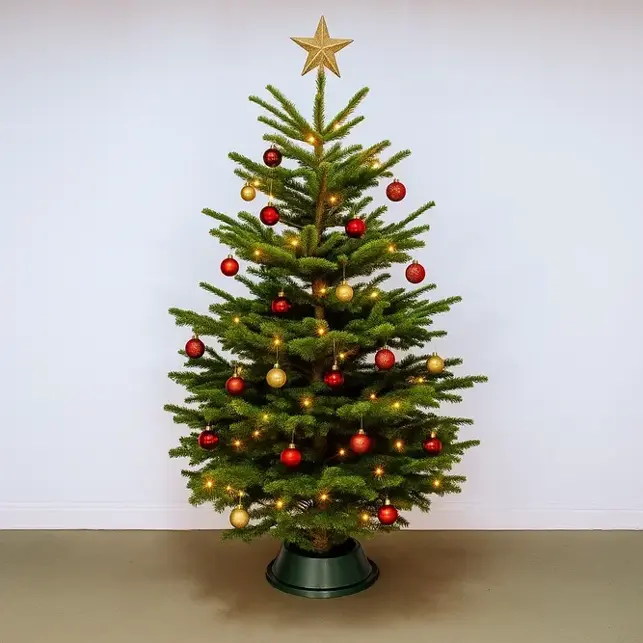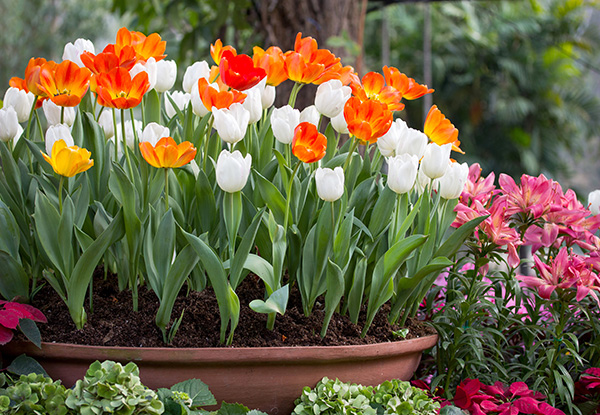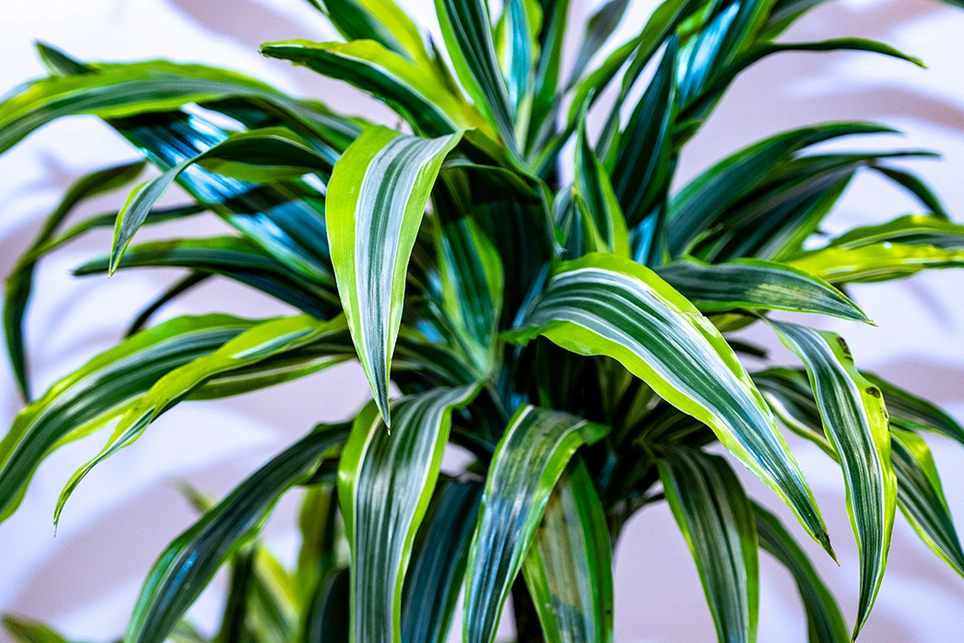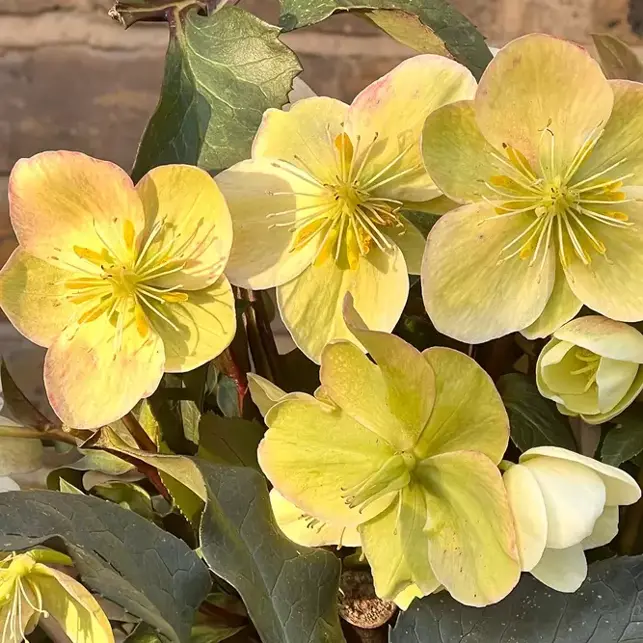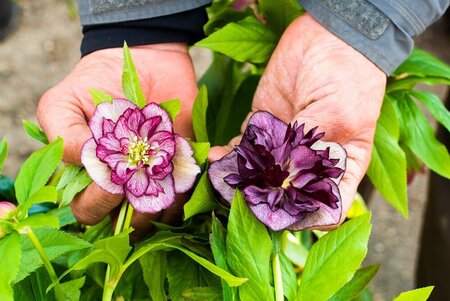
This how-to grow Hellebores guide will help you to produce the best Helleborus in the neighbourhood! Evergreen Hellebores are great plants for a shady garden, and because they flower during the colder winter months, they are lovely to see when there isn’t much else blooming. The other benefit to growing Hellebores is they aren’t enjoyed much by pests such as deer and rabbits. They are a treat for any garden are exceptionally easy to maintain.
- soil
- pruning
- companions
- other care
How to grow Hellebores in the right soil
They will grow well in well-drained soil, which is primarily moist and in part shade. During prolonged dry spells, give them some water, but Hellebores are more drought tolerant once they are established. Ideally, ensure the soil has been given an application of well-rotted organic matter and a balanced fertiliser during early spring to help them along.
Pruning methods to learn how to grow Hellebores
The plants are evergreen, but the foliage can look messy sometimes, so you can prune back before new growth appears. Also, you can remove a few of the leaves to allow the flowers to be seen better. Prune the old flowers stems after they have flowered, although if you leave them to set seed, they will spread, and you will have more Hellebores! Remove all dead or diseased foliage during autumn or before if they look particularly messy.
How to grow Hellebores with companion plants
Hellebores can look pretty all on their own, but for a shady garden or area, they are excellent companion plants for many other shade-tolerant plants. Create a woodland vibe with Ferns, Pulmonaria and Hostas. For a blast of colour, add in Campanula, hardy Geraniums and Epimedium.
Other care for your Hellebores
Hellebore plants don’t tend to grow so well in containers, but for a seasonal display, you could grow them in a container and then move them into a garden border afterwards. They aren’t keen on being divided, and allowing them to naturalise is a great way to fill a space anyway. There are many different colours from white to pink and dark purple so you can enjoy them no matter what style you are going for in your garden. They also suit contemporary and cottage gardens, attracting early pollinating insects.
Growing Hellebores is very easy. Try some of these varieties:
- Helleborus Niger - the Christmas Rose (white)
- Helleborus x hybridus Golden Lotus (yellow petals with pink edges)
- Helleborus Double Ellen Picotee (frilly petals with purple trim)
We have a selection of Hellebores for you to choose from in store.




